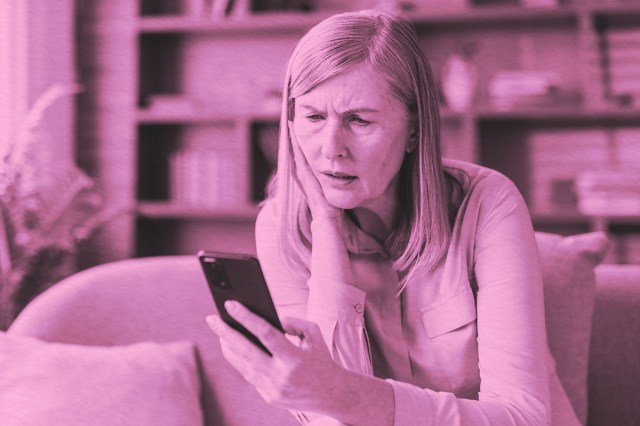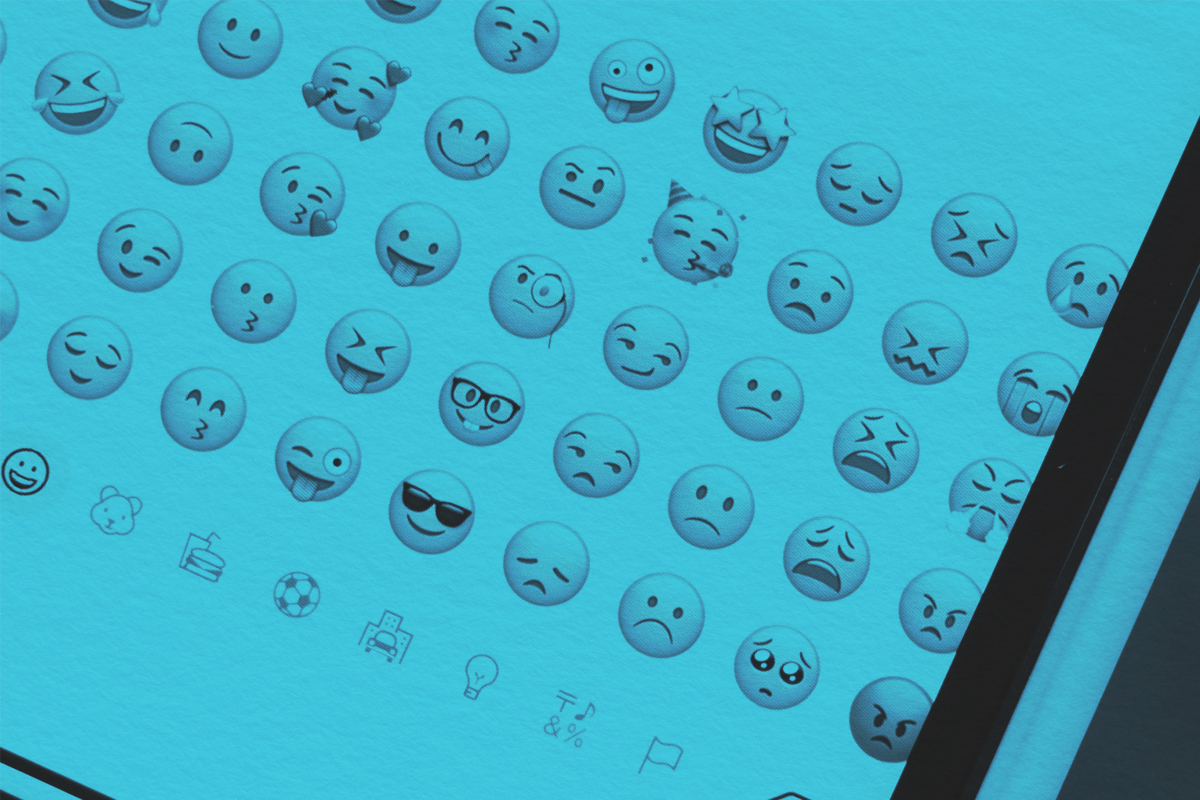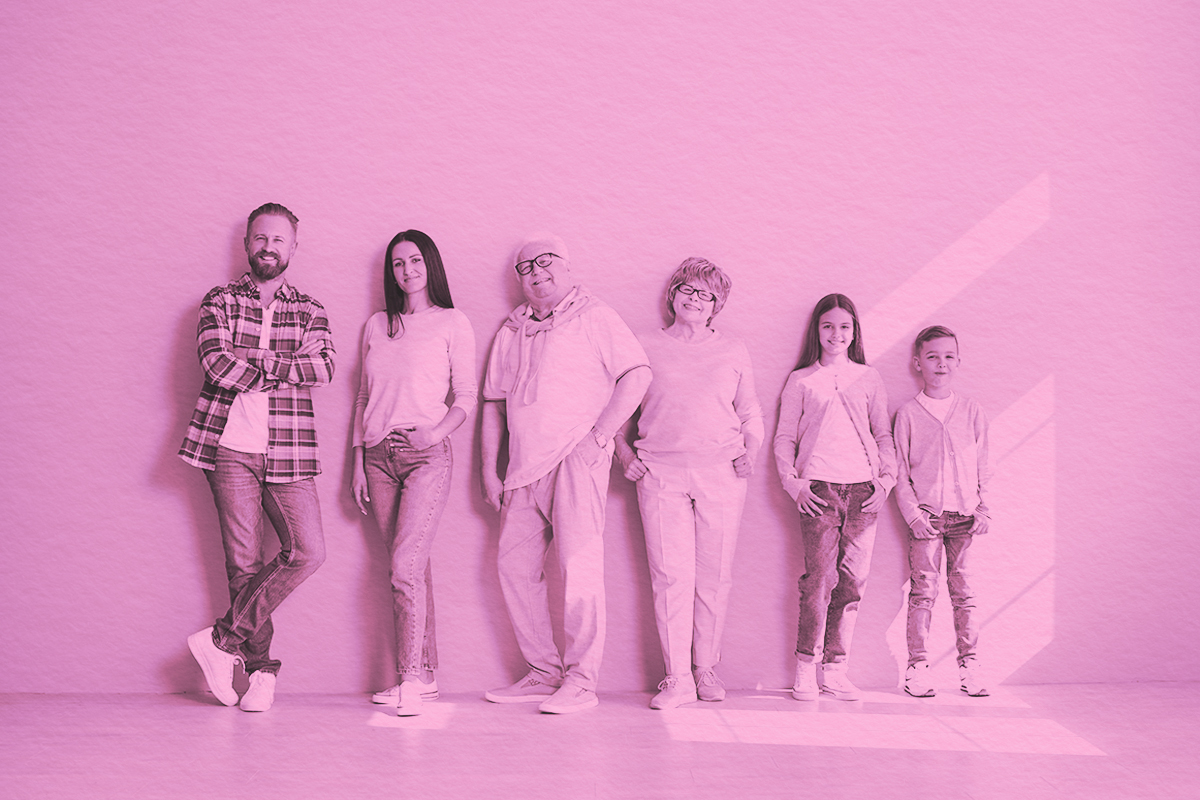
Can punctuation really give away your age? If our everyday texts and emails are any clue, the answer is, “Yes.” Just as music and fashion trends have evolved by decade, so too have our grammar and punctuation habits. That’s why millennials have a habit of ending sentences with “lol,” while baby boomers might trail off with an ellipsis (“How are you…”).
In a survey on punctuation habits, people of different age groups revealed interesting variances. Less than one-quarter of Gen Z respondents use punctuation in casual communication, while more than half of baby boomers (55%) report always using it while texting or posting online. Meanwhile, only 16% of Gen Z and 28% of millennials consistently use periods at the end of sentences. But these survey results don’t mean punctuation is disappearing; it’s evolving.
Each generation has its own unique linguistic quirks, including slang, tone, and punctuation use. In an informal poll of the editorial team staff, we surfaced some notable differences in the texting habits of different generations. Baby boomers, for example, are known for their love of ellipses. They’re everywhere: to end a sentence, to soften the tone, or to indicate trailing thoughts. For instance, a boomer might text, “Hey, can we talk…” — and for that generation, it’s a perfectly friendly request for a chat. But for a millennial or Gen Z recipient, it might cause a downward spiral. To younger folks, the ellipsis conveys an ominous or hesitant tone, possibly suggesting bad news is coming or indicating passive aggression.
We notice that younger texters do use ellipses, but usually for dramatic effect in negative contexts, as in, “I got another parking ticket today… ” This stems from the modern practice of using ellipses to create drama and suspense, a habit often employed by creative writers. Think of the Star Wars opening crawl — “A long time ago in a galaxy far, far away …” — where the anticipation is taken to another level through punctuation.
Still, millennials seem to be more likely to skip ellipses altogether and instead add a mood-appropriate emoji or a common texting abbreviation, such as “lol,” as in, “I got another parking ticket today lol” — yes, acronyms are the new punctuation for this generation. Whether meant sincerely or ironically, this trend has become a standard way to close a sentence.
Where does this leave Gen X? True to form, they borrow habits from both, sitting comfortably in the middle. They blend the formal writing habits of baby boomers with the casual texting tone of millennials and Gen Z, creating a hybrid. For instance, you might receive a text from a Gen Xer saying, “Hi! We’re really looking forward to this weekend… It’s going to be FUN… 💃 lol”
According to linguist Adam Aleksic (known online as “Etymology Nerd”), there’s a perfectly good reason for these differences. Boomers favor ellipses and other “dated” punctuation habits because they used very different forms of communication when they were younger. They grew up writing postcards and letters, where space was limited, and ellipses served as a handy tool to separate ideas or mimic a paragraph break.
Even in the early days of texting, users paid per message, so sending out one large message separated by ellipses was more economical than sending several separate thoughts. Today’s texters reap the benefits of unlimited text messaging, so there’s no need for bulky blocks of text anymore. As a result, the ellipsis has fallen out of use and the continued usage is now viewed as quaint, confusing, or even unsettling when the tone is misinterpreted.
Similarly, baby boomers tend to be more reserved with their emoji usage than younger generations, especially when it comes to the nuance of emoji meanings. Sure, boomers were around for the rise of texting in the 2000s and social media in the 2010s, but they didn’t grow up with this technology, so their learned habits are different. A boomer might write, “Hi! 😊 Just checking in…” — a simple, polite message — but the emoji doesn’t replace the punctuation.
Millennials add creative flair and replace traditional punctuation. Instead, they might ask, “What’s up 👀” The emoji stands in for the question mark, indicating punctuation, tone, and context all at once. We also have younger generations (and even some older texters) taking a maximalistic approach to punctuation: “This is so EXCITING!!!!” Here, the simple repetition of punctuation and capitalization conveys tone without requiring elaboration.
The rise of technology and the evolution of communication have changed how we use and interpret punctuation. The 15th-century printing press, for example, produced new conventions for spelling, spacing, line breaking, and hyphenation. It featured punctuation marks that are now extinct, such as the percontation point, a reversed question mark used for open-ended questions.
During the 19th century, communication underwent rapid changes as the telegraph and, later, the typewriter revolutionized writing. In fact, double spaces after punctuation are a remnant of typewriters — the extra space before a new sentence made it easier to read monospaced typewritten correspondence. Today, most style guides prefer one space after punctuation, and Microsoft Word now marks two spaces as an error. But those from the typewriter generation might still use two spaces, as they learned how to type hitting that space bar twice.
A significant divergence between formal and informal punctuation began in the 1990s and 2000s, when personal computers emerged. Shorter sentences and fast communication were the goal, and as a society, we became obsessed with this new way of connecting. By the 2010s, when people became glued to their cellphones and tablets, these grammar conventions evolved further into a new tech language that became as important to learn as formal English.
As social media continues to influence casual language in the 2020s, brevity, tone, emojis, and GIFs are now the focus. We use as few words as possible and add flourishes in the form of emojis, memes, or even short videos. These can be considered new forms of punctuation, as they not only help organize language but also convey emotion and intent — going far beyond the humble period or question mark. This makes language more engaging than ever, but it’s also nuanced and can lead to generational divides that cause misunderstandings.
So, what comes next? Will Gen Alpha — the children in grade school now — reinvent punctuation once again? It’s hard to imagine what that will look like. But if linguistic trends are anything like fashion trends, we may soon see the ellipsis make a comeback, much to the dismay of millennial parents.

















